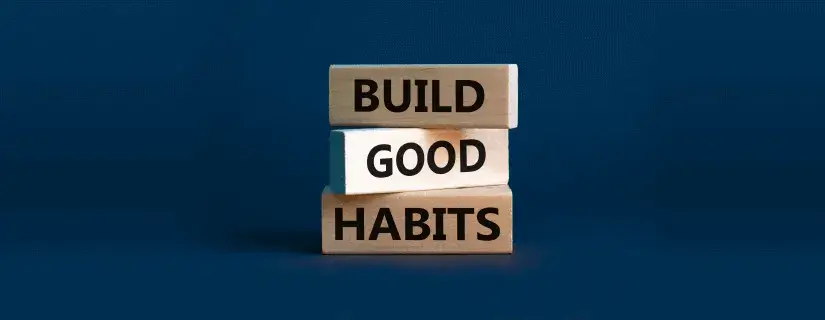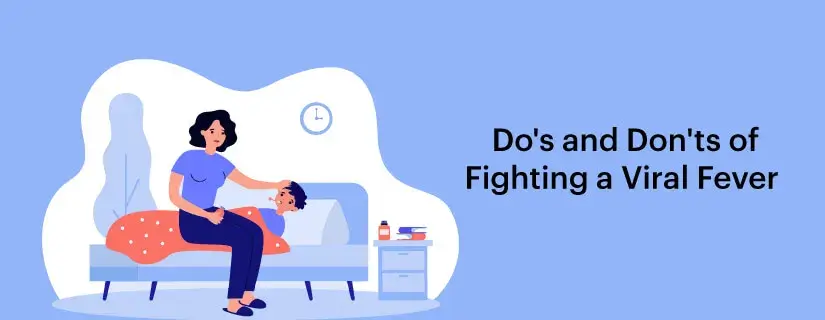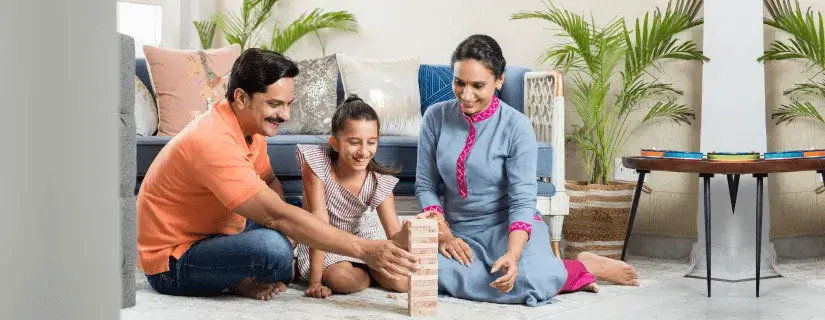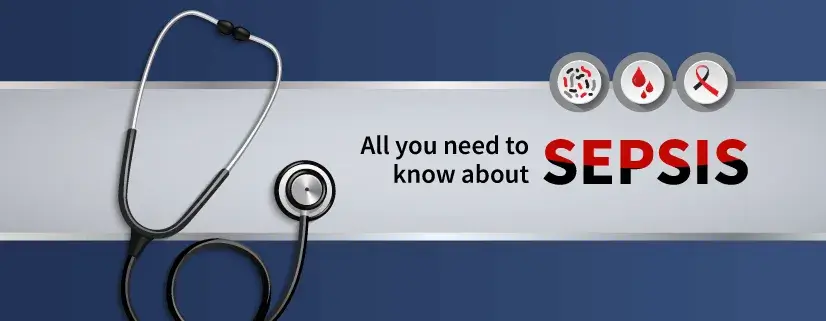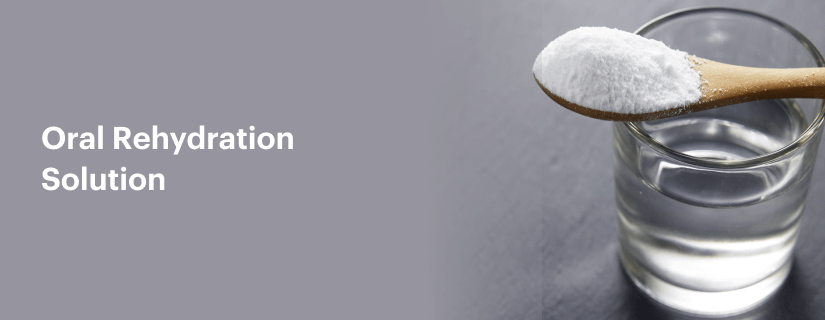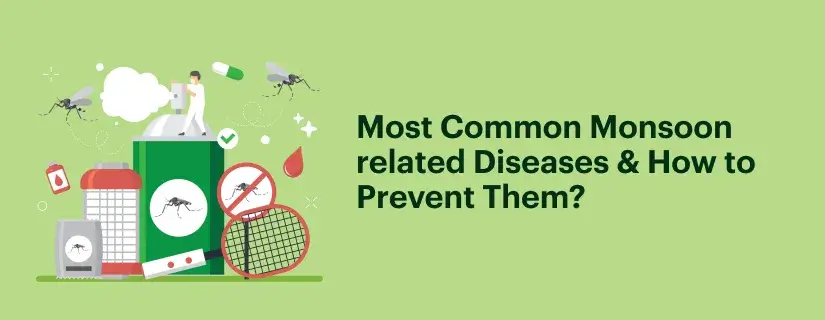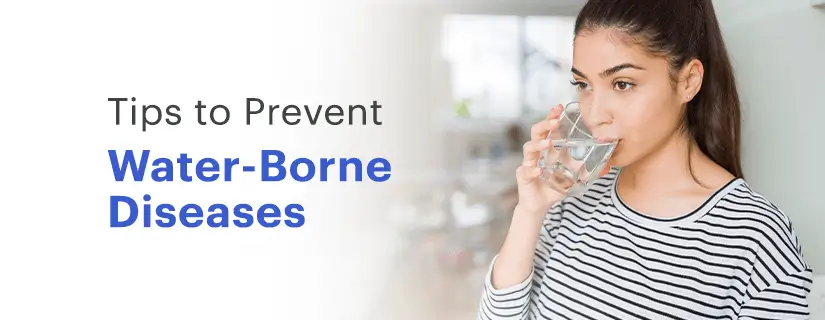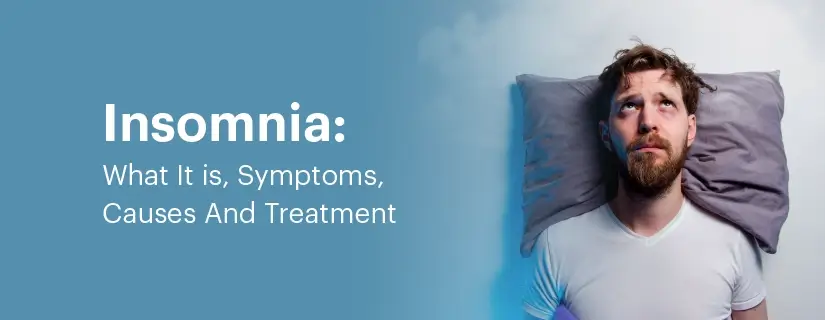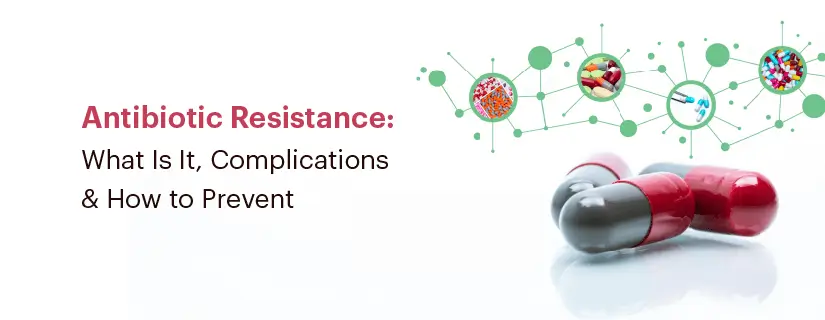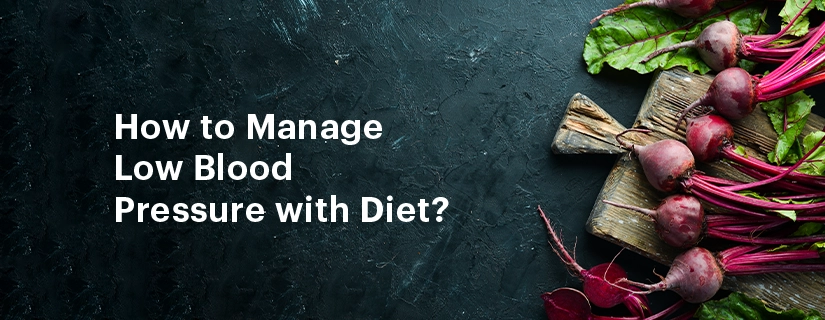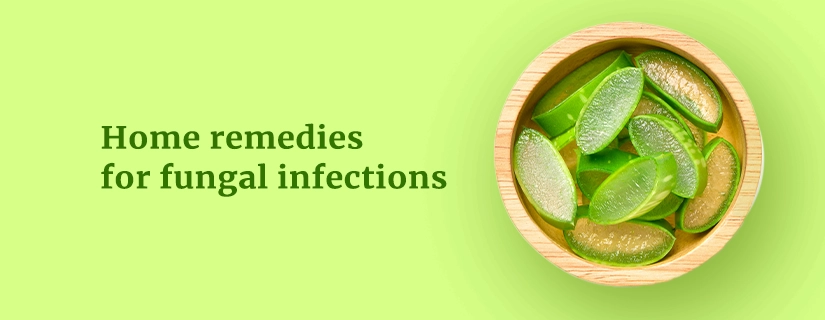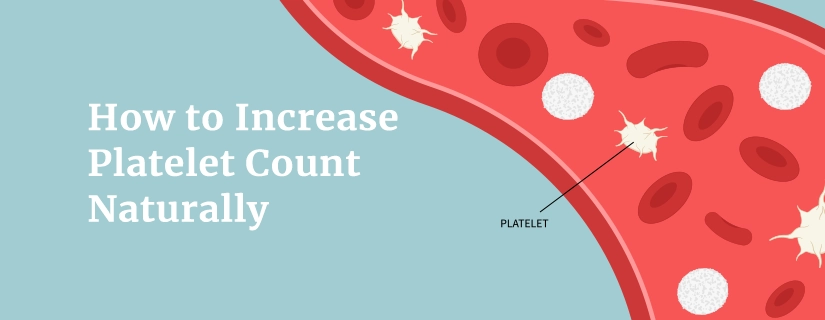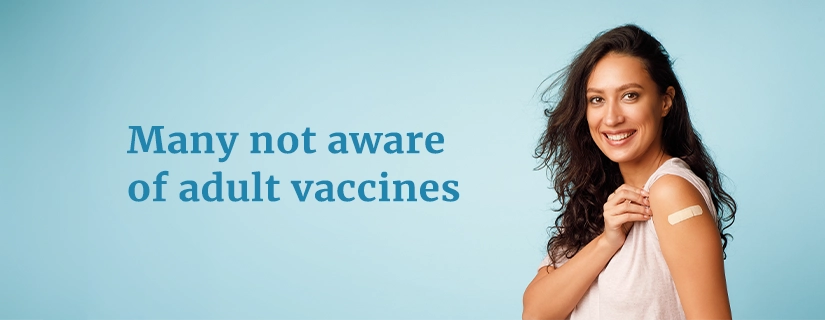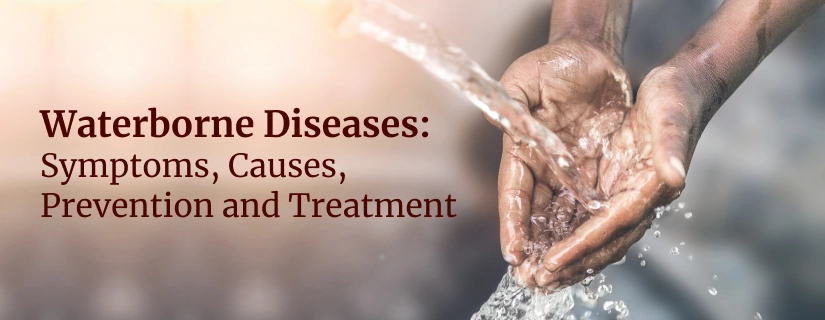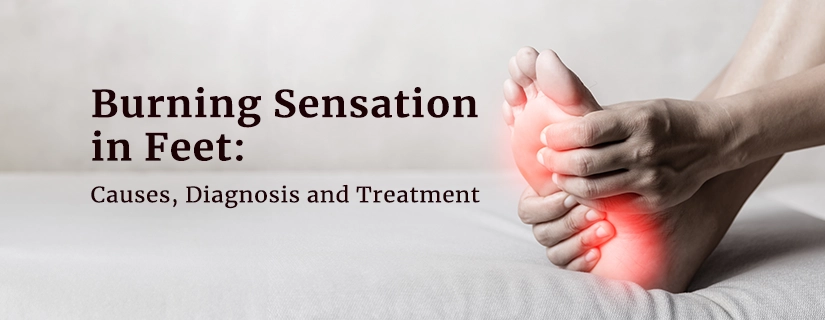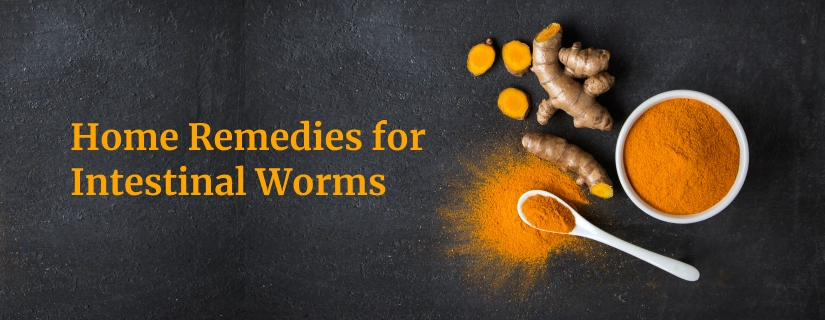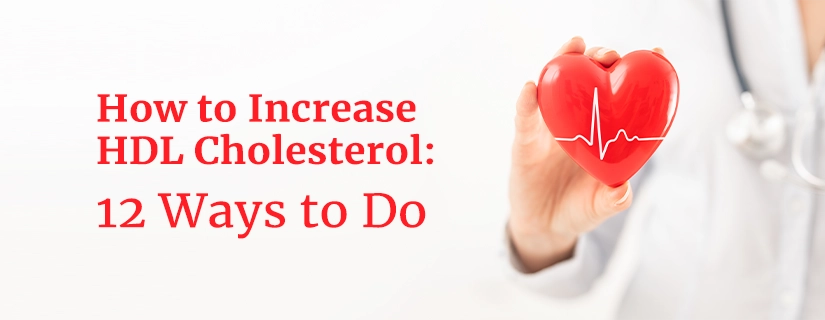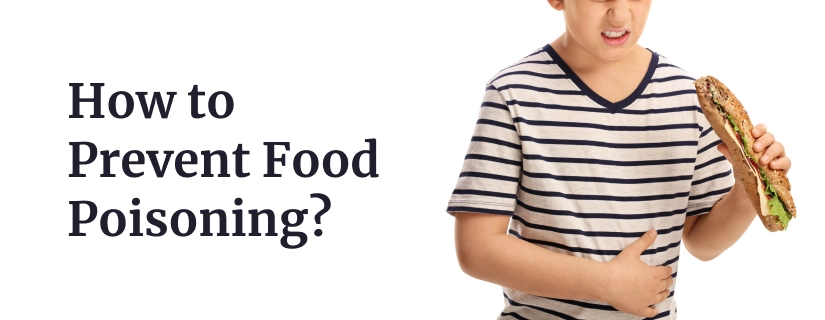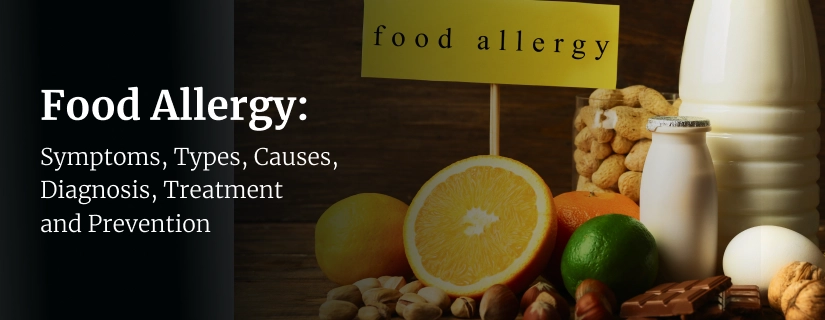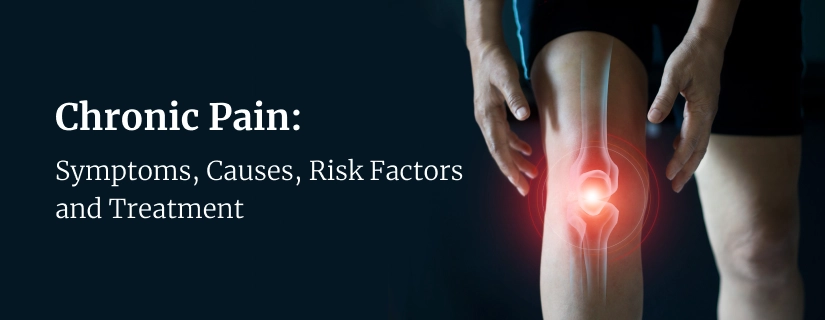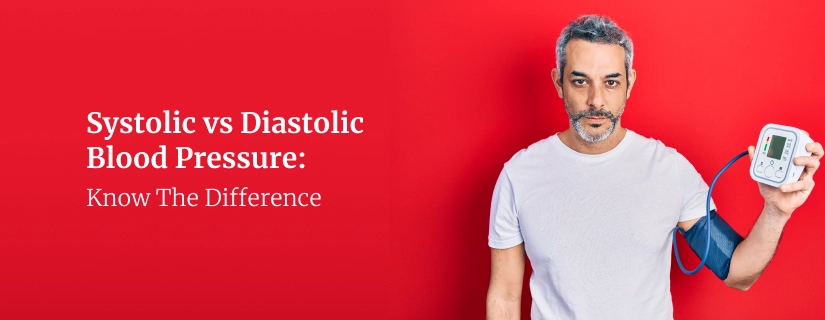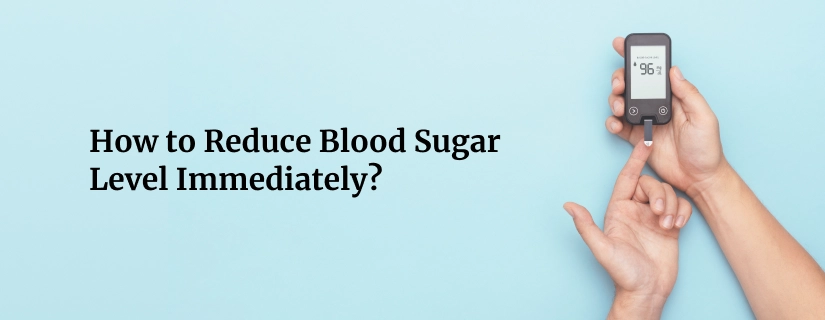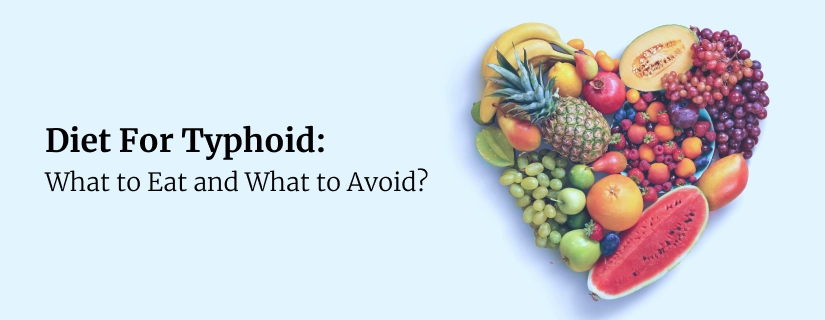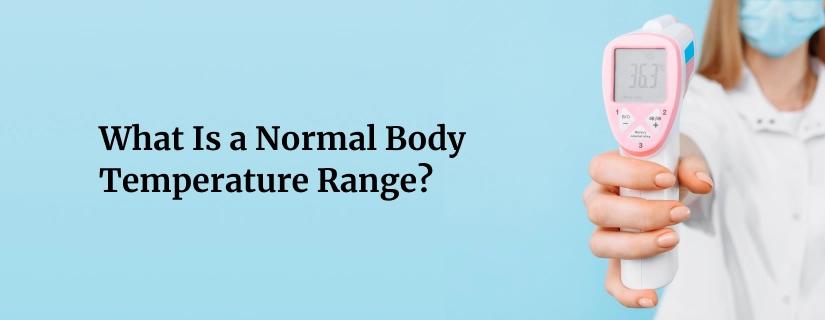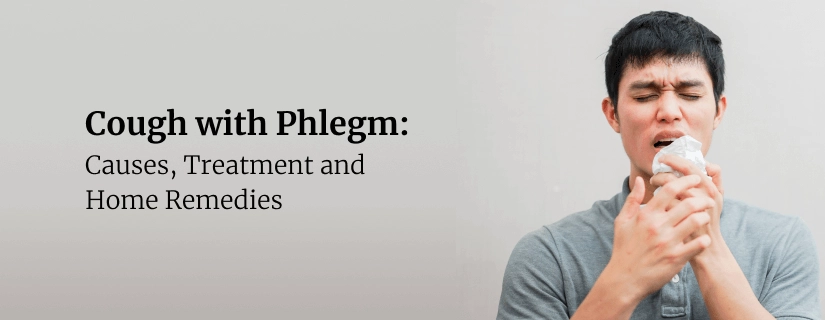-
Doctors
-
Specialities & Treatments
Centre of Excellence
Specialties
Treatments and Procedures
Hospitals & Directions HyderabadCARE Hospitals, Banjara Hills CARE Outpatient Centre, Banjara Hills CARE Hospitals, HITEC City CARE Hospitals, Nampally Gurunanak CARE Hospitals, Musheerabad CARE Hospitals Outpatient Centre, HITEC City CARE Hospitals, Malakpet
HyderabadCARE Hospitals, Banjara Hills CARE Outpatient Centre, Banjara Hills CARE Hospitals, HITEC City CARE Hospitals, Nampally Gurunanak CARE Hospitals, Musheerabad CARE Hospitals Outpatient Centre, HITEC City CARE Hospitals, Malakpet Raipur
Raipur
 Bhubaneswar
Bhubaneswar Visakhapatnam
Visakhapatnam
 Nagpur
Nagpur
 Indore
Indore
 Chh. Sambhajinagar
Chh. SambhajinagarClinics & Medical Centers
Book an AppointmentContact Us
Online Lab Reports
Book an Appointment
Consult Super-Specialist Doctors at CARE Hospitals
How to Increase Hemoglobin Count
Updated on 5 September 2023
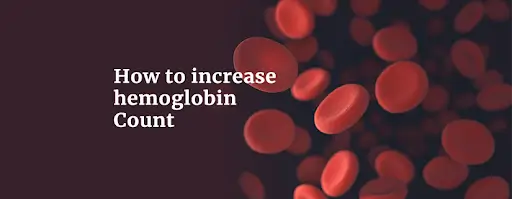
Hemoglobin plays a vital role in carrying oxygen throughout our bodies, ensuring proper cell function and overall well-being. Low hemoglobin levels can lead to fatigue, weakness, and various health issues. In this blog, we will explore practical and natural methods to boost hemoglobin, including dietary adjustments, lifestyle changes, and essential nutrients. Whether you're facing anemia or simply aiming to optimize your health, our expert tips and insights will empower you to take charge of your hemoglobin levels and enhance your vitality. Let's embark on this journey to better health together!
What is a low Hemoglobin count?
A low hemoglobin count, also known as anemia, refers to a condition in which the levels of hemoglobin in the blood are below the normal range. Hemoglobin is a protein found in red blood cells and is responsible for carrying oxygen from the lungs to the tissues and organs throughout the body.
The normal hemoglobin levels can vary slightly depending on age, sex, and other factors, but generally, for adult males, a hemoglobin level below 13.5 grams per deciliter (g/dL) is considered low, and for adult females, a level below 12.0 g/dL is considered low.
Anemia can result from various factors, including nutritional deficiencies (such as iron, vitamin B12, or folic acid), chronic diseases, blood loss, or certain medical conditions. Symptoms of anemia may include fatigue, weakness, pale skin, dizziness, and shortness of breath, among others. If you suspect you have low hemoglobin levels or experience any concerning symptoms, it's essential to consult a healthcare professional for proper diagnosis and treatment.
What are the reasons for low Hemoglobin count?
A low hemoglobin count, or anemia, can be caused by various factors. Here are some of the common reasons for low hemoglobin levels:
- Nutritional deficiencies: The most common cause of anemia is a lack of essential nutrients like iron, vitamin B12, and folate in the diet. These nutrients are crucial for the production of healthy red blood cells.
- Blood loss: Anemia can occur due to significant blood loss from injuries, surgeries, gastrointestinal bleeding (ulcers, tumors, etc.), or heavy menstrual periods in women.
- Chronic diseases: Certain chronic conditions like chronic kidney disease, inflammatory disorders, and some types of cancer can interfere with the body's ability to produce or maintain healthy red blood cells.
- Hemolysis: Hemolysis is the premature destruction of red blood cells, which can occur due to inherited conditions, infections, or certain medications.
- Bone marrow disorders: Diseases that affect the bone marrow's ability to produce red blood cells, such as aplastic anemia, myelodysplastic syndromes, and leukemia, can lead to low hemoglobin levels.
- Pregnancy: During pregnancy, the body requires more iron to support the growing fetus, and if the dietary intake is insufficient, anemia can develop.
- Chronic infections: Some infections, such as malaria and certain parasitic infections, can lead to the destruction of red blood cells and cause anemia.
- Autoimmune disorders: Autoimmune diseases like rheumatoid arthritis and lupus can lead to anemia by causing the immune system to attack healthy red blood cells.
- Hemorrhage: Severe bleeding due to trauma or internal injuries can quickly lead to a drop in hemoglobin levels.
- Certain medications: Some medications can interfere with the production of red blood cells or cause hemolysis, leading to anemia as a side effect.
It's essential to identify the underlying cause of low hemoglobin levels to determine the appropriate treatment and management. If you suspect you have anemia or experience symptoms of low hemoglobin, it's crucial to seek medical advice for proper evaluation and diagnosis.
12 Ways To Increase Hemoglobin Naturally
1. Iron-rich diet: Consume foods high in iron, such as red meat, poultry, fish, beans, lentils, tofu, spinach, and fortified cereals. Iron is a crucial component of hemoglobin.

2. Vitamin C intake: Pair iron-rich foods with vitamin C sources like oranges, strawberries, bell peppers, or broccoli, as vitamin C enhances iron absorption.

3. Folate-rich foods: Include foods like leafy greens, citrus fruits, avocados, and fortified grains in your diet as folate is essential for red blood cell production.
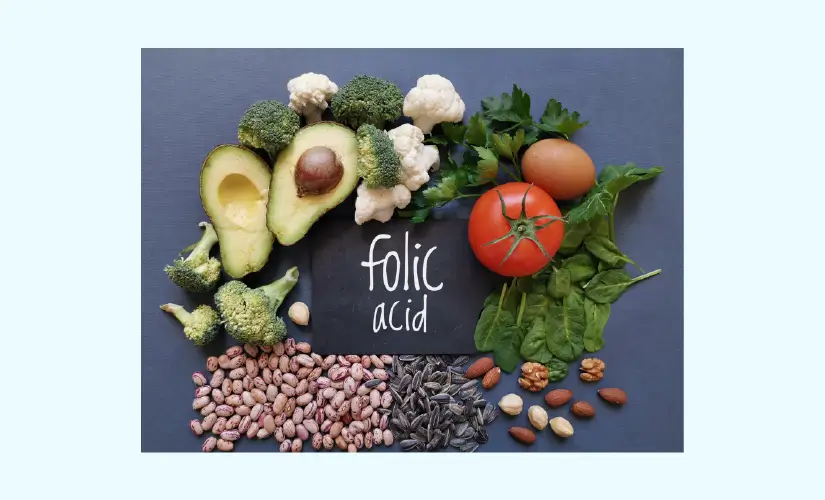
4. Vitamin B12 sources: Incorporate foods like eggs, dairy products, fortified cereals, and seafood to ensure adequate vitamin B12 intake, which is vital for hemoglobin synthesis.

5. Pomegranate: Drink pomegranate juice or eat the fruit regularly as it is rich in iron and other nutrients that support blood production.
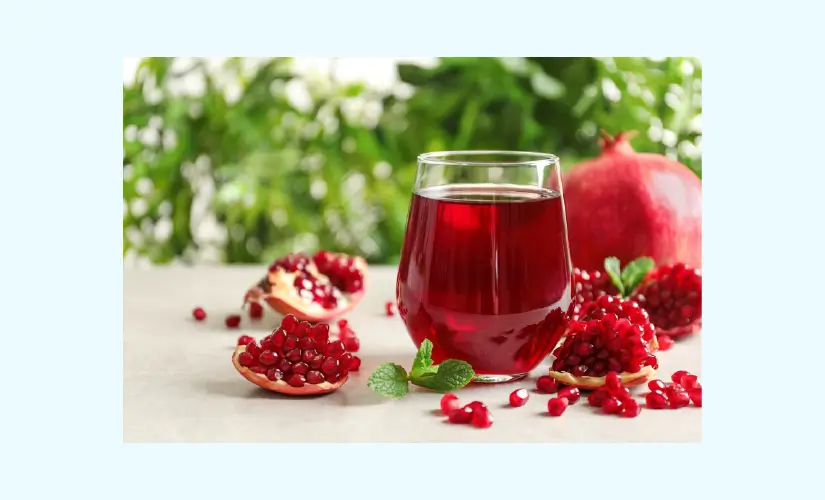
6. Beetroot: Consume beetroot or beetroot juice as it is high in iron, folic acid, and antioxidants, which help increase hemoglobin levels.
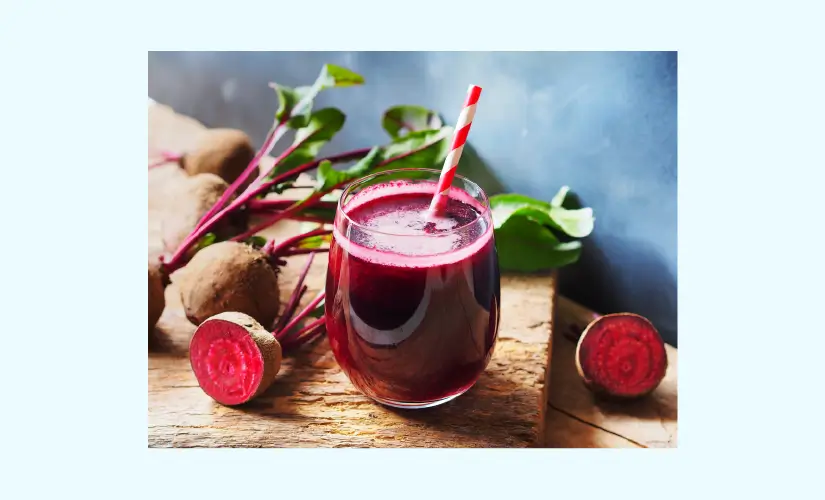
7. Legumes and Nuts: Include beans, lentils, chickpeas, and nuts in your diet, as they are good sources of iron, protein, and other essential nutrients.

8. Nettle tea: Drinking nettle tea may aid in increasing hemoglobin levels, as nettles are rich in iron and vitamin C.
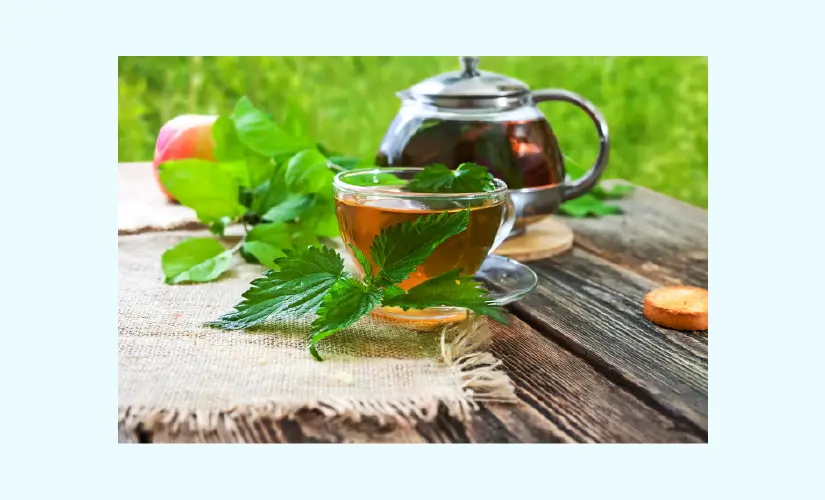
9. Avoid tea and coffee: Reduce the consumption of tea and coffee during meals, as they can inhibit iron absorption.
10. Vitamin A-rich foods: Include carrots, sweet potatoes, and spinach in your diet, as vitamin A helps in the production of hemoglobin.

11. Adequate hydration: Drink plenty of water to maintain healthy blood volume and prevent the risk of dehydration-induced anemia.

12. Regular exercise: Engage in moderate exercise regularly, as it can stimulate the production of red blood cells and improve overall blood circulation.

Remember, it's essential to maintain a balanced diet and a healthy lifestyle for optimal hemoglobin levels. If you suspect you have low hemoglobin or anemia, consult a healthcare professional for proper evaluation and personalized advice on how to increase hemoglobin naturally.
Symptoms of low hemoglobin
Low hemoglobin levels, often indicative of anemia, can lead to symptoms such as:
- Difficulty breathing
- Rapid or irregular heartbeat
- Paleness of the skin and gums
- Feeling tired or weak
- Dizziness
- Easy bruising or unexplained bruises
- Recurrent headaches
How quickly can Hemoglobin rise?
The rate at which hemoglobin levels rise can vary depending on the underlying cause of low hemoglobin and the treatment being implemented. In general, the body takes time to produce new red blood cells, and therefore, a significant increase in hemoglobin levels may not occur overnight. However, with the appropriate interventions, improvements can be observed over a few weeks to months.
For instance:
- Iron supplementation: If the cause of low hemoglobin is iron deficiency, and iron supplements are prescribed, you may start to see an increase in hemoglobin levels within a few weeks of consistent supplementation.
- Dietary changes: When anemia is caused by nutritional deficiencies, increasing the intake of iron-rich foods and other essential nutrients can lead to gradual improvement in hemoglobin levels. This may take a few weeks to several months.
- Treatments for underlying conditions: If anemia is a result of a chronic disease or medical condition, addressing and managing the underlying cause can contribute to an increase in hemoglobin levels. The timeframe for improvement will depend on the nature of the condition and its response to treatment.
- Blood transfusions: In cases of severe anemia or acute blood loss, blood transfusions can rapidly increase hemoglobin levels almost immediately after the procedure.
It is crucial to note that individual responses to treatments may vary, and medical professionals monitor the progress regularly. It is essential to follow the treatment plan prescribed by your healthcare provider and attend follow-up appointments to ensure a steady and safe increase in hemoglobin levels. If you are concerned about low hemoglobin or anemia, consult a healthcare professional for appropriate evaluation and management.
Consulting a Doctor for Diagnosis
Consulting a doctor for an increase in hemoglobin count is important to determine the underlying cause and ensure appropriate management. Here’s why it’s essential:
- Accurate Assessment: A doctor can conduct a thorough evaluation to accurately measure your hemoglobin levels and assess any symptoms or health concerns associated with the increase.
- Identifying Underlying Causes: An increase in hemoglobin can be due to various factors such as dehydration, chronic lung diseases (like COPD), kidney disease, bone marrow disorders, or certain genetic conditions. A doctor can help identify the specific cause through medical history, physical examination, and possibly additional tests.
- Guidance on Treatment: Depending on the cause identified, a doctor can recommend appropriate treatments or interventions. For instance, treating underlying conditions like lung disease or kidney disease, adjusting medications, or making lifestyle changes may be necessary.
- Monitoring and Follow-Up: Regular consultations allow for ongoing monitoring of your hemoglobin levels and overall health. This helps track progress, adjust treatments as needed, and ensure optimal management of any underlying conditions.
- Preventive Advice: A doctor can provide advice on preventive measures to maintain healthy hemoglobin levels in the long term, including dietary recommendations, hydration tips, and lifestyle adjustments.
- Referrals to Specialists: In some cases, a doctor may refer you to a hematologist or other specialists for further evaluation and management of complex conditions affecting hemoglobin levels.
Conclusion
In conclusion, understanding how to increase hemoglobin levels naturally is vital for our overall well-being and vitality. Hemoglobin plays a crucial role in delivering oxygen to every cell in our bodies, and maintaining healthy levels is essential for optimal functioning.
Throughout this blog, we have explored a range of effective and natural strategies to boost hemoglobin levels. From incorporating iron-rich foods and vitamin C sources in our diet to making lifestyle changes like regular exercise and staying hydrated, each step contributes to the journey of achieving healthier hemoglobin levels.
Remember that increasing hemoglobin is a gradual process, and patience is key. Consistency in adopting these practices and seeking medical guidance when needed can pave the way for steady improvements.
By taking charge of our diet, lifestyle, and overall health, we can elevate our hemoglobin levels and, in turn, enhance our energy, vitality, and overall quality of life. Let's embrace these changes and empower ourselves to live healthier, more vibrant lives. Here's to better hemoglobin levels and a brighter future ahead!
FAQs
1. Which fruit is best for hemoglobin?
Some fruits that are beneficial for increasing hemoglobin levels include apples, pomegranates, strawberries, and citrus fruits like oranges and grapefruits. These fruits are rich in vitamin C, which enhances iron absorption, crucial for hemoglobin production.
2. Can dry fruits increase blood?
Yes, certain dry fruits like apricots, dates, raisins, and prunes are rich in iron, which is essential for hemoglobin production. Including these in your diet can help increase blood hemoglobin levels over time.
3. How to check hemoglobin at home?
You can check hemoglobin levels at home using a hemoglobin test kit. These kits typically use a small blood sample from a finger prick. Follow the instructions provided with the kit for accurate testing.
4. How long does it take to raise hemoglobin levels?
The time it takes to raise hemoglobin levels depends on the underlying cause and individual factors. Generally, dietary changes and supplements can lead to noticeable improvements in hemoglobin levels within a few weeks to months.
5. What's a low hemoglobin count?
A low hemoglobin count is typically defined as:
- For men: Less than 13.8 grams per deciliter (g/dL)
- For women: Less than 12.1 g/dL These values may vary slightly depending on the laboratory and testing methods.
6. What hemoglobin level is normal?
Normal hemoglobin levels vary by age and gender. Generally, normal ranges are:
- For men: 13.8 - 17.2 g/dL
- For women: 12.1 - 15.1 g/dL These ranges may differ slightly based on individual health conditions and age.
7. Will hemoglobin increase on its own?
Hemoglobin levels can increase on their own in response to dietary changes, such as consuming more iron-rich foods, or due to treatment of underlying causes of low hemoglobin, such as iron deficiency or chronic diseases. However, specific interventions may be necessary depending on the cause of low hemoglobin levels.
To Book an Appointment, call:
ENQUIRY FORM
SELECT CATEGORIES
-
Neurosciences (16)
-
Neurology (37)
-
Neurosurgery (14)
-
Orthopaedics (48)
-
Oncology (33)
-
Obstetrics and gynecology (52)
-
Pulmonology (23)
-
Urology (20)
-
Nephrology (13)
-
Psychiatry (7)
-
Dietetics and Nutrition (111)
-
General Medicine (63)
-
Cardiac Sciences (32)
-
Vascular & Endovascular Surgery and Interventional Radiology (15)
-
Gastroenterology (46)
-
Endocrinology (23)
-
Plastic Surgery (10)
-
Critical Care Medicine (5)
-
COVID-19 (16)
-
Dermatology (16)
-
Emergency Care (1)
-
Ophthalmology (4)
-
Pediatrics (14)
-
Laparoscopic and Bariatric Surgery (8)
-
ENT (15)
-
Kidney Transplant (1)
-
Liver Transplantation and Hepatobiliary Surgery (5)
-
General Surgery (3)
-
Internal Medicine (5)
-
Medicine Information
Ways to Keep up Sodium levels in Hyponatremia
Fruits Good For Diabetes
YOU MAY ALSO LIKE
RECENT BLOGS
-

Preterm Birth (Premature Birth): Symptoms, Causes, Treatment and Prevention
13 May 2025
Read More
-

Rotablation Angioplasty: Benefits, Treatments, And Recovery Time
9 May 2025
Read More
-

What Is The Difference Between IUI and IVF?
9 May 2025
Read More
-

Venous Malformations: Causes, Symptoms, and Treatment
30 April 2025
Read More
-

Varicose Vein Foam Sclerotherapy: Treatment, Benefits, and Procedure
30 April 2025
Read More
-

Radiofrequency (RF) Ablation Treatment for Varicose Veins: Know More
30 April 2025
Read More
-

Varicose Vein Sclerotherapy: Treatment, Benefits, and Procedure
30 April 2025
Read More
-

Varicose Vein Endovenous Laser Ablation: Procedure, Benefits, Risks
30 April 2025
Read More
Have a Question?
If you cannot find answers to your queries, please fill out the enquiry form or call the number below. We will contact you shortly.









